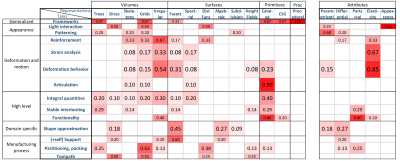State of the Art in Methods and Representations for Fabrication-Aware Design
Eurographics State of the Art Reports, April 2017

Abstract
Computational manufacturing technologies such as 3D printing hold the potential for creating objects with previously
undreamed-of combinations of functionality and physical properties. Human designers, however, typically cannot exploit the
full geometric (and often material) complexity of which these devices are capable. This STAR examines recent systems devel-
oped by the computer graphics community in which designers specify higher-level goals ranging from structural integrity and
deformation to appearance and aesthetics, with the final detailed shape and manufacturing instructions emerging as the result
of computation. It summarizes frameworks for interaction, simulation, and optimization, as well as documents the range of
general objectives and domain-specific goals that have been considered. An important unifying thread in this analysis is that
different underlying geometric and physical representations are necessary for different tasks: we document over a dozen classes
of representations that have been used for fabrication-aware design in the literature. We analyze how these classes possess
obvious advantages for some needs, but have also been used in creative manners to facilitate unexpected problem solutions.
Paper
Citation
Amit H. Bermano, Thomas Funkhouser, and Szymon Rusinkiewicz.
"State of the Art in Methods and Representations for Fabrication-Aware Design."
Eurographics State of the Art Reports, April 2017.
BibTeX
@inproceedings{Bermano:2017:SOT,
author = "Amit H. Bermano and Thomas Funkhouser and Szymon Rusinkiewicz",
title = "State of the Art in Methods and Representations for Fabrication-Aware
Design",
booktitle = "Eurographics State of the Art Reports",
year = "2017",
month = apr
}